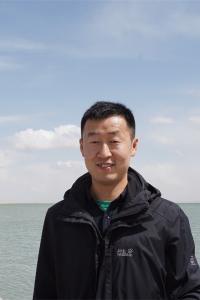Category
Position
Email
shenqi@happyjiayi.com
Telephone
Address
No.99 Xiupu Road, Pudong District, Shanghai, China
Introduction
Dr.Qi Shen, male, born in 1986 in Fengyang county, Anhui province. In 2008, he got Bachelor’s degree from Department of Modern Physics, University of Science and Technology of China(USTC). In 2013, he got Doctor’s degree from USTC. He had been a postdoctoral research fellow in USTC and University of Heidelberg, Germany. Since June, 2016, he has been an associate professor of USTC. His main research areas include free space quantum communication, laser and optoelectronic technology in quantum physical experiments. He participated many projects include the payload of quantum key distribution in TG-2 space station and the quantum science experimental satellite named Micius, etc.
Related News
Related Publications
-
Free-space dissemination of time and frequency with 10−19 instability over 113 km. Nature (2022). doi:10.1038/s41586-022-05228-5
-
Experimental simulation of time and frequency transfer via an optical satellite–ground link at 10 -18 instability. Optica 8, 471 (2021).
-
An integrated space-to-ground quantum communication network over 4,600 kilometres. Nature 589, 214-219 (2021).
-
Sensitive linear optical sampling system with femtosecond precision. Review of Scientific Instruments 91, (2020).
-
Towards satellite-based quantum-secure time transfer. Nature Physics 16, 848-852 (2020).
-
A High-Precision 2.5-ps RMS Time Synchronization for Multiple High-Speed Transceivers in FPGA. IEEE Transactions on Nuclear Science 66, 1070-1075 (2019).
-
Ultra-Low-Noise Balanced Detectors for Optical Time-Domain Measurements. IEEE Transactions on Nuclear Science 66, 1048-1055 (2019).
-
Satellite-Relayed Intercontinental Quantum Network. Physical Review Letters 120, 030501 (2018).
-
Bell Test over Extremely High-Loss Channels: Towards Distributing Entangled Photon Pairs between Earth and the Moon. Physical Review Letters 120, 140405 (2018).
-
High-power 671 nm laser by second-harmonic generation with 93\% efficiency in an external ring cavity. Optics Letters 43, 1666 (2018).
